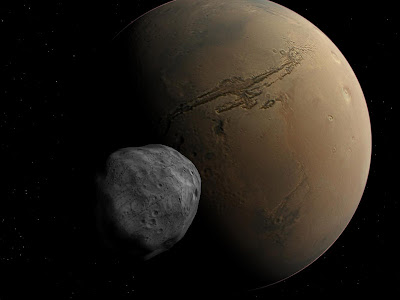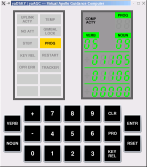
Sony has just released the first 24.6 megapixel camera called the DSLR-A900.
This is a good time to raise the question of using a conventional camara in a Google Lunar X PRIZE (GLXP) mission. Cameras developed for the consumer market (here on Earth) can have costs that that are orders or magnitude lower than the equivalent space-qualified cameras.
Obviously the environment at the Moon has an environment with vacuum, radiation and temperature extremes far more severe than on Earth. However, all these issues could be easily overcome by putting a camera in a pressurized housing with temperature controls and metallic walls.
Modern cameras are clearly small and light enough to be flown in space. Mass could even be reduced by removing their components like the casing and the flash. There is an extra mass penalty due to the pressurized casing that needs to be considered but it would not be a show-stopper.
Here are the most relevant details of the DSLR-A900 (from Sony's Technical Specification Page):
- Weight: 850grams (approx.)
- Width: 156.3mm
- Height: 116.9mm
- Depth: 81.9mm
- Ouputs: Video (PAL or NTSC), HD/HDMI™ (1920x1080i 59.94/50Hz), USB 2.0
- Recording Media: Compact Flash I/II/MicroDrive, Memory Stick™
- Recording Format: JPEG, RAW, RAW+JPEG, 16:9 selectable
- Image Size: 6048 x 4032 pixels (JPEG) (24M)
- Max. Continous Frame Rate: 5fps (approx.)
- Image sensor type: CMOS
- Image sensor colour filter: R, G, B, Primary color
So the main question is, can such a camera be compatible with all the requirements of the GLXP?
Firstly, is the image quality sufficient? Does it provide enough image resolution, colour resolution, Signal to Noise Ratio (SNR), Field Of View (FOV)?
Secondly, how about the video quality? It has enough pixels to meet the HD definition but is the frame rate high enough? Will the images with motion be too blurred?
And finally, what about the interface to the rest of the GLXP hardware? What communications protocol should be used? Most developed for space does not use USB for example.
If you have some thoughts on this, post them on our
Google Group Open Forum.



 Can the oceans and lake's of planet Earth be useful environments for practicing future lunar exploration?
Can the oceans and lake's of planet Earth be useful environments for practicing future lunar exploration?









 The
The 


 Unlike lunar rovers, Mars rovers have a far greater communications delay to Earth (many minutes) meaning that their route must be pre-programmed with navigation waypoints, hence the lower speed of the MER design.
Unlike lunar rovers, Mars rovers have a far greater communications delay to Earth (many minutes) meaning that their route must be pre-programmed with navigation waypoints, hence the lower speed of the MER design. 